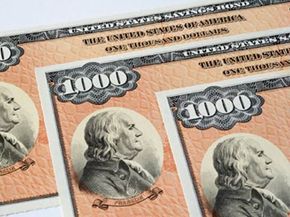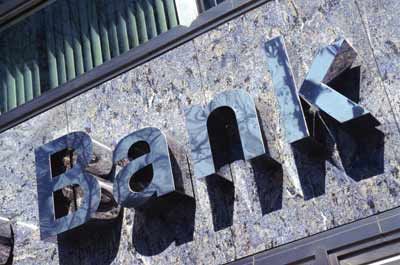Without loans, most of us wouldn't be able to afford things like a car, a home or education. And, just as people borrow money to help them succeed, so do businesses. Businesses often need loans to fund operations, move into new markets, innovate and grow in general. But the amount they need often surpasses what a bank can provide. So another useful way for corporations to raise the necessary funds is to issue bonds to whoever wants to buy them.
Advertisement
But that's all a bond is — a loan. When you buy a bond, you're lending money to the organization that issues it. The company, in return, promises to pay interest payments to you for the length of the loan. How much and how often you get paid interest depends on the terms of the bond. The interest rate, also called the coupon, is typically higher with long-term bonds. These interest payments are usually doled out semiannually, but they can also be sent out annually, quarterly or even monthly. When the bond reaches the date of maturity, the issuer repays the principal, or original amount of the loan.
For you, the lender, a bond is a kind of investment, like a stock. The difference is that stocks aren't loans. Rather, stocks represent partial ownership in a company, and the returns represent a share in profits. For that reason, stocks are riskier and more volatile — they closely reflect the success of a company. Bonds, on the other hand, often have a fixed interest rate. Some bonds, however, are floating-rate bonds, meaning their interest rates adjust depending on market conditions.
Like stocks, bonds can be traded. When someone sells a bond at a price lower than the face value, it's said to be selling at a discount. If sold at a price higher than the face value, it's selling at a premium.
Now that we know the basics, let's take a look at the different types of bonds.
Advertisement


